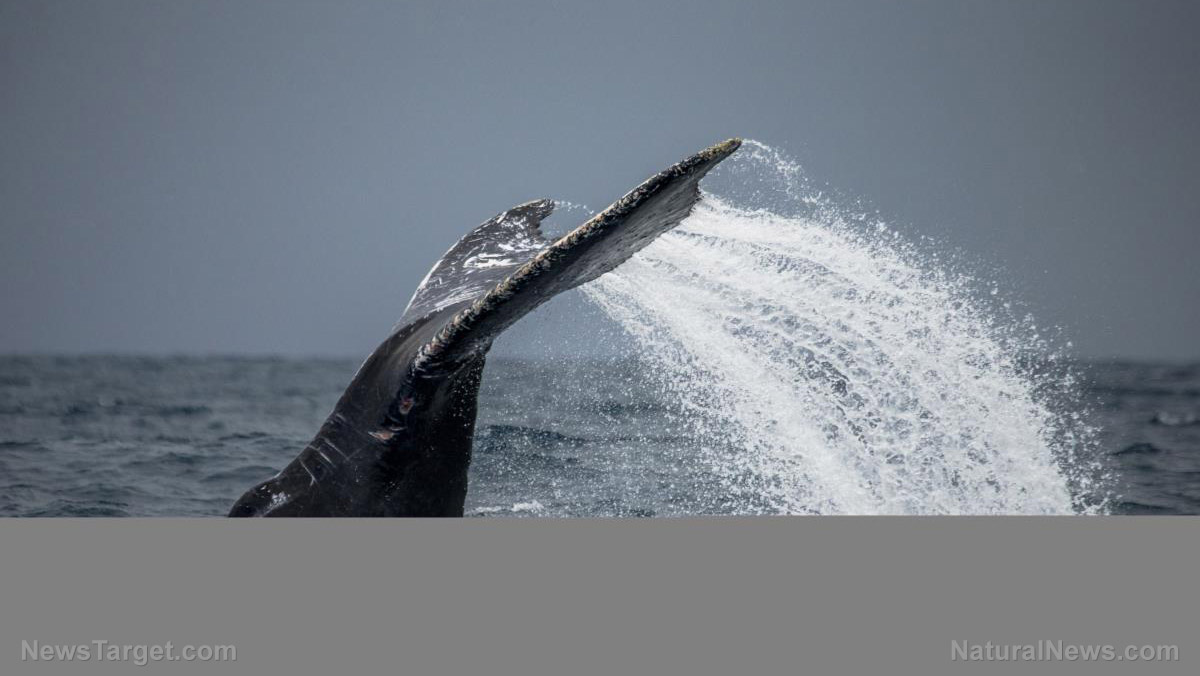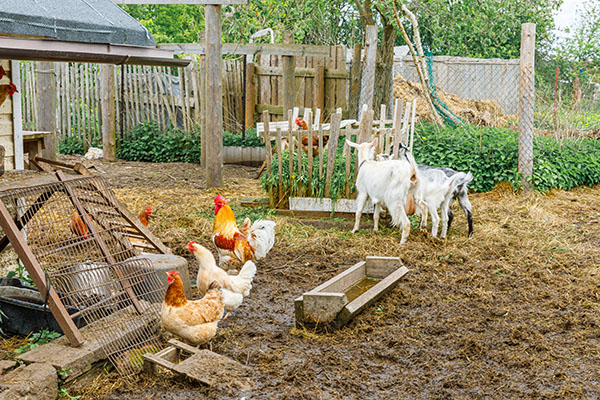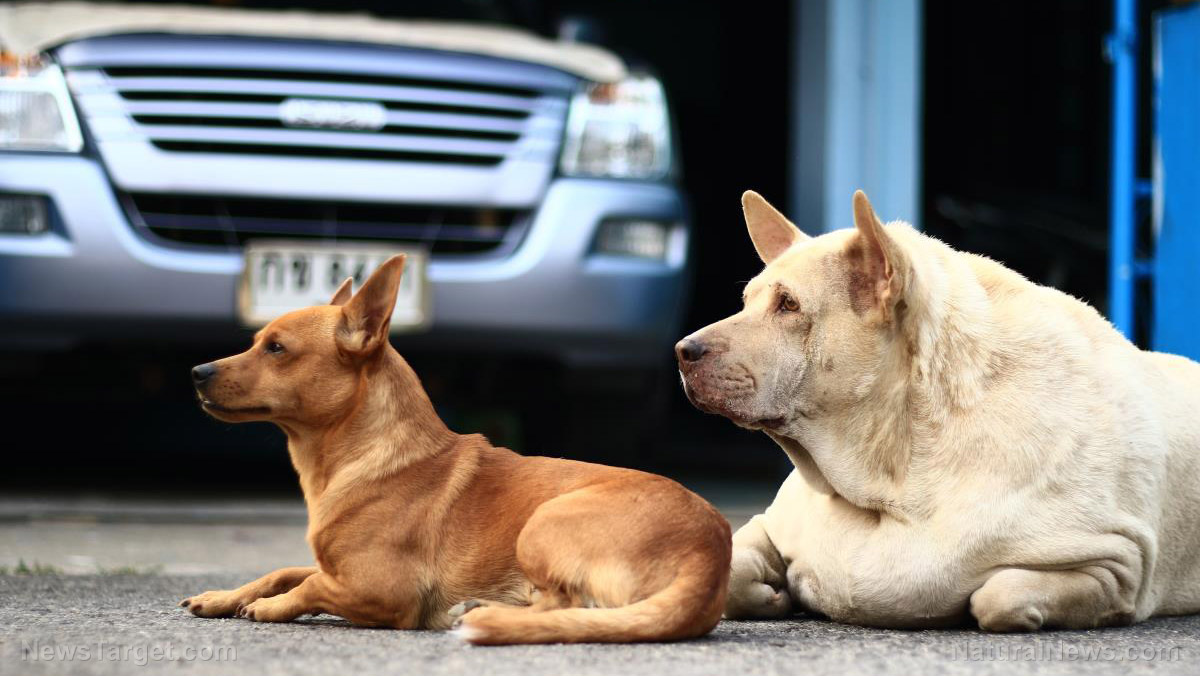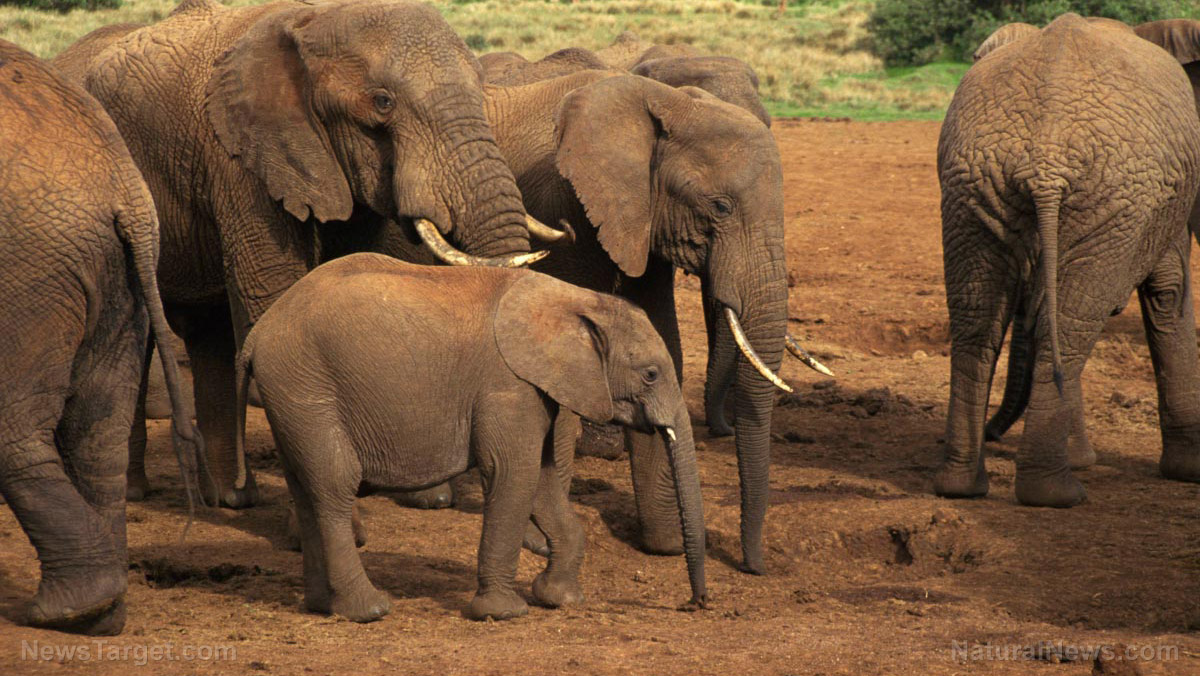
Wolves that have made the deserted streets of Chernobyl their home seem to have developed resistance to cancer, according to a new study that has raised hopes the discovery can aid researchers in fighting cancer in humans.
In 1986, a nuclear reactor in the northern Ukrainian city of Chernobyl exploded, forcing the more than 100,000 inhabitants of the city and nearby villages to be evacuated following the release of massive amounts of radiation.
The area has since been abandoned, with Ukrainian authorities setting up a 1,000-square-mile area "exclusion zone" to prevent people from entering areas where radiation levels are still high enough to cause cancer. (Related: Chernobyl lives on: Drone expedition reveals unexpected “hotspots” of concentrated nuclear material, warn researchers.)
Humans may not have returned to the place, but wolves and other wildlife continue to wander the wasteland of the evacuated city freely more than 35 years after the disaster.
Cara Love, an evolutionary biologist and ecotoxicologist at Princeton University in the United States, has been examining how the wolves of Chernobyl survive amid the generations of exposure to radioactive particles.
"We're studying nature's solutions for surviving–and thriving–when exposed to chronic, low-dose ionizing radiation. The Exclusion Zone offers a unique system to look at evolutionary adaptation in real-time," Love said.
Love and a group of researchers visited the Chernobyl Exclusion Zone (CEZ) back in 2014 and placed radio collars on a group of wolves so that their movements could be monitored. Love said the collars gave her team "real-time measurements of where [the wolves] are and how much [radiation] they are exposed to."
They also took blood samples from the wolves to understand how their bodies reacted to the area's radiation.
Chernobyl wolves exposed to six times more radiation than humans can safely handle
The researchers found that Chernobyl wolves are exposed to more than 11.28 millirem of radiation every day, which is six times above the safe exposure limit for humans.
Love discovered that the immune systems of the wolves have been modified by their constant exposure to radiation and are comparable to the immune systems of cancer patients going through radiation treatment. More importantly, she also recognized definite parts of the animals' genetic information that appear resilient to increased cancer risks.
Research in humans has discovered mutations that raise cancer risk. For instance, the presence of the variant BRCA gene makes it more likely for a woman to develop breast or ovarian cancer.
The findings build on a growing body of research showing how animals dynamically adapt to environmental pressures and find ways to fend off heightened cancer risks.
Love's work is now focused on identifying which specific mutations have made wolves resilient to these risks. "Our priority is for people and collaborators there to be as safe as possible," said Love, who in the future hopes her research can be used to identify protective mutations that increase the odds of humans to survive cancer.
Follow CancerSolutions.news for more stories about cancer research studies.
Watch the video below about the "mutant" animals living and thriving in the Chernobyl Exclusion Zone.
This video is from the Daily Videos channel on Brighteon.com.
More related stories:
Expert: RADIOACTIVE WATER from Fukushima nuclear power plant could cause ANIMAL MUTATIONS.
Studies reveal potential benefits of chlorophyll in cancer prevention and treatment.
Researchers discover breakthrough "switch" that causes cancer cells to self-destruct.
Sources include:
Please contact us for more information.




















